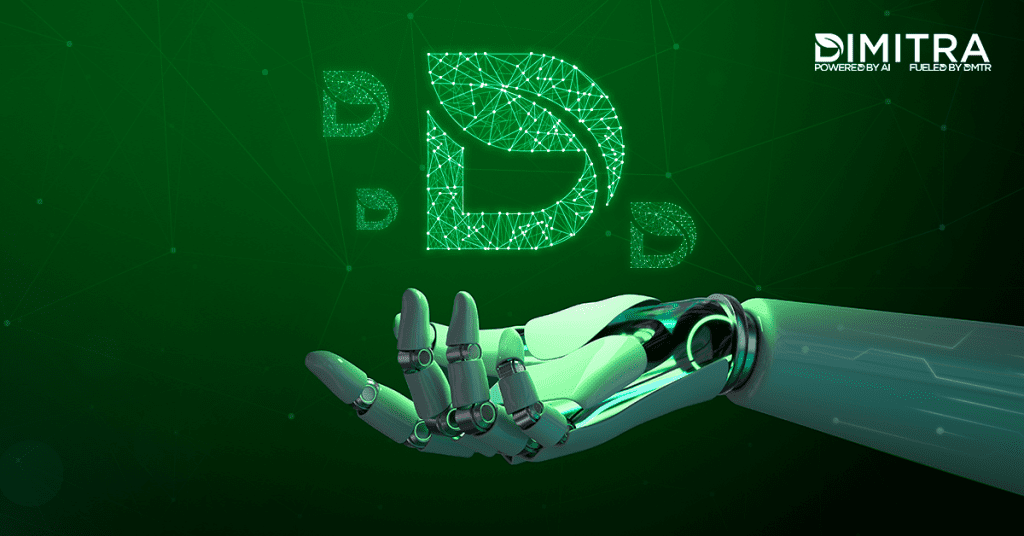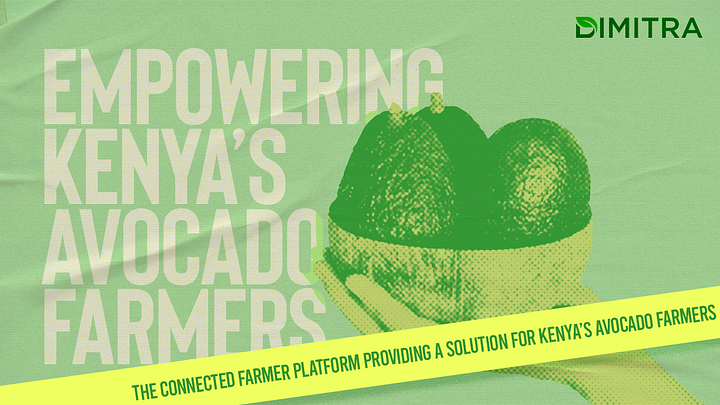
Nonfungible tokens (NFTs) have long been connected with digital art, profile photographs, and other digital valuables. These tokens, which are capable of keeping uniqueness, remain popular, but there is another sort of NFT that goes one step further – NFTs. They provide holders with actual and real-world advantages.
What exactly are utility NFTs and how do they work?
Utility NFTs provide instant value upon purchase by offering access to special benefits or experiences. They can, for example, unlock premium material, offer subscriptions, or allow holders to redeem rewards or products.
The utility NFT’s value is frequently derived from the value of the real-world thing or event it symbolises. It can, nevertheless, have inherent worth based on rarity and popularity .
Utility NFTs are technically identical to ordinary NFTs in that they use blockchain technology to verify uniqueness, ownership, and legitimacy. The sole distinction is that they are related to specific products or events . They are created on decentralised networks using smart contract protocols designed specifically for NFTs.

What is the relationship between utility NFT and agriculture?
Utility NFTs are industry-agnostic, which means they are not limited to a single business and may revolutionise a wide range of industries and experiences, from gaming and fashion to live concerts and real estate. Surprisingly, agriculture may also integrate these NFTs for a variety of use cases to improve efficiency and transparency.
NFTs have the potential to transform the agriculture business by making supply chain management more transparent, efficient, and secure. They, like digital crop certificates, can trace ownership and authenticity from farm to customer and may be used to digitise and manage physical assets such as crops, animals, and land. This can increase openness, efficiency, and open up new opportunities for agricultural financing, trade, and insurance.
Supply-chain management is one area where NFTs may have a significant influence. NFTs and their underlying blockchain technology can confirm asset ownership and validity, making these tokens perfect for agricultural commodity tracking.
The fundamental distinction between utility NFTs and existing traceability systems is that NFTs can be tracked back to the specific farm or crop from which the product was derived. All of the critical information about the product is constantly available and can be reviewed as the NFT goes down the supply chain, ensuring that the product fulfils all of the criteria from the farm to the shop.
From the farm to the shop, an ecosystem may create NFTs for every stage of the supply chain. This would allow stakeholders and end consumers to confirm where a food product originated and how it arrived on the market’s shelf. In this situation, utility NFTs can provide stakeholders ownership rights over specific food goods. These rights are necessary for a more egalitarian, transparent, and long-term food system. They empower farmers by providing them ownership of their produce, resulting in more equitable earnings and better livelihoods. This transparency extends to customers, who may make educated food choices. Furthermore, stakeholder ownership encourages farmers to produce high-quality food while reducing food waste through direct sales to customers.

What issues do NFT address in agriculture?
Decentralisation, transparency, proof of ownership, and security are central to NFTs and blockchains. These features are designed to address a number of issues in agriculture, a sector that still relies on numerous antiquated techniques to cultivate and deliver food and goods. This has an impact on production quality, efficiency, and costs, ultimately influencing the profitability of farmers and other stakeholders.Using NFTs, stakeholders may construct a secure, immutable record on the blockchain, allowing access to real-time data about the whole agricultural product supply chain.
This unparalleled degree of openness aids in the prevention of fraud, the assurance of food safety, and the improvement of sustainable practises. NFT deployment may reduce costs and increase profitability by introducing efficiency to all stages of the supply chain.
How may they serve farmers and agricultural consumers?
The use of utility NFTs into supply-chain operations and other applications can benefit both farmers and consumers.
NFTs can offer a digital twin for farmers’ products, improving traceability and ultimately impacting marketability and value. Consumers may benefit from NFTs in agriculture as well, since they have more trust in product authenticity and quality, allowing them to make safer and more informed decisions.
Dimitra, a prominent blockchain-based business solution for AgTech enabling profitable, intelligent, and inclusive farming, is one example of how NFTs may aid the agricultural industry. Dimitra assists farmers by combining its technological stack, which includes blockchain, mobile, artificial intelligence (AI), the Internet of Things (IoT), drones, and satellites.
Dimitra’s utility NFTs provide novel agricultural solutions, allowing farmers to acquire funding, develop direct customer contacts, and monetize vital data to make more informed decisions. This strategy intends to simplify financing procedures, increase transparency and fair pricing, and give farmers with new revenue prospects.
What are the problems or hazards that the agriculture business should be aware of while deploying NFT?
Farmers and consumers should be aware of the limits of NFTs and blockchain technology in general, despite their benefits and promise.
To begin, blockchains are closed systems that do not have access to real-world data. As a result, linking an on-chain NFT to a physical or digital off-chain asset necessitates extra work. This can be accomplished through the use of so-called oracles or other criteria built into the smart contract itself.
Stakeholders must eventually assure that the tokens appropriately reflect the underlying items, whether crops, cattle, or bonds. Dimitra, for example, has created a Land Suitability Oracle that assesses each farm’s ability to cultivate a certain crop. Dimitra also offers an application that evaluates farmer performance. When compared to the current tools, the combination of these technologies gives tremendous capabilities for agricultural lenders.
What are some current examples of NFT integration in agriculture?
To enhance supply-chain management at all levels, NFTs can be utilised alone or in conjunction with other blockchain applications.
Dimitra, for example, is using utility NFTs to revolutionise farming, beginning with avocados. In conjunction with One Million Avocados, a Kenya-based startup, the company just introduced an NFT series. Individuals may sponsor avocado trees for $50, giving farmers with resources such as seeds and fertiliser, as well as digital platform access and sensors. Dimitra is also working on a Crop Certificate programme in which investors offer a loan through a controlled crowdfunding method and receive premiums refunded from crop harvest earnings via a Web3 interface.
This novel solution boosts security while preventing avocado theft in Africa. Unlike typical loans, which are difficult for avocado producers to get due to the crop’s lengthy maturity time.
Investors benefit from the growth of the trees. An avocado tree may produce one fruit in the second year, but by the tenth year, it might yield 300 to 400 kg (661-881 lbs), and at today’s export pricing, producers can make three times more than in local markets. Furthermore, companies are not required to pay loan premiums before producing revenue.
Dimitra’s NFT pilot programme will begin with 1,000 avocado trees in the autumn of 2023, with ambitions to extend into mangoes, cacao and other crops. Dimitra empowers farmers, investors, and charitable sponsors in AgTech by adopting blockchain and NFTs, proving the revolutionary potential of this technology in agriculture.
